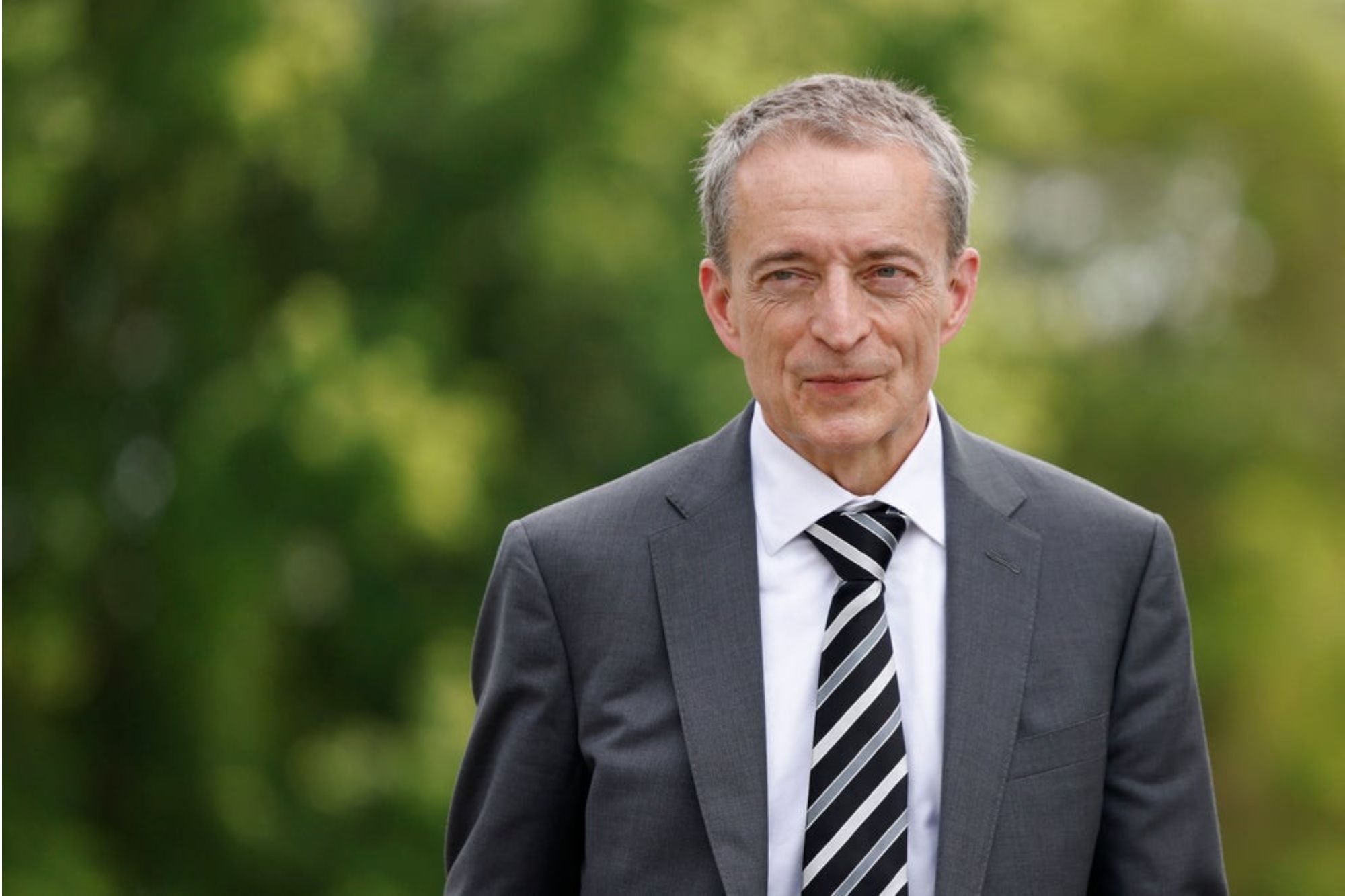AUSTIN, Texas, Sept 14 (Reuters) - Tesla (TSLA.O) has combined a series of innovations to make a technological breakthrough that could transform the way it makes electric vehicles and help Elon Musk achieve his aim of halving production costs, five people familiar with the move said.
The company pioneered the use of huge presses with 6,000 to 9,000 tons of clamping pressure to mold the front and rear structures of its Model Y in a “gigacasting” process that slashed production costs and left rivals scrambling to catch up.
In a bid to extend its lead, Tesla is closing in on an innovation that would allow it to die cast nearly all the complex underbody of an EV in one piece, rather than about 400 parts in a conventional car, the people said.
The know-how is core to Tesla’s “unboxed” manufacturing strategy unveiled by Chief Executive Musk in March, a linchpin of his plan to churn out tens of millions of cheaper EVs in the coming decade, and still make a profit, the sources said.
While Tesla has said its unboxed model involves producing large sub-assemblies of a car at the same time and then snapping them together, the size and make-up of the modular blocks is still the subject of speculation.
Terry Woychowski, president of U.S. engineering company Caresoft Global, said if Tesla managed to gigacast most of the underbody of an EV, it would further disrupt the way cars are designed and manufactured.
“It is an enabler on steroids. It has a huge implication for the industry, but it’s a very challenging task,” said Woychowski, who worked for U.S. automaker GM (GM.N) for more than three decades. “Castings are very hard to do, especially the bigger and the more complicated.”
Two of the sources said Tesla’s previously unreported new design and manufacturing techniques meant the company could develop a car from the ground up in 18 to 24 months, while most rivals can currently take anywhere from three to four years.
The five people said a single large frame - combining the front and rear sections with the middle underbody where the battery is housed – could be used in Tesla’s small EV which it aims to launch with a price tag of $25,000 by the middle of the decade.
Tesla was expected to make a decision on whether to die cast the platform in one piece as soon as this month, three of the sources said, though even if they do press ahead the end product could change during the design validation process.
Neither Tesla nor Musk responded to questions from Reuters for this story.
3D PRINTING AND SAND
The breakthrough Tesla has made centres on the how the giant molds for such a large part are designed and tested for mass production, and how casts can incorporate hollow subframes with internal ribs to cut weight and boost crashworthiness.
In both cases the innovations, developed by design and casting specialists in Britain, Germany, Japan and the United States, involve 3D printing and industrial sand, the five people said. All spoke to Reuters on condition of anonymity because…
Article from www.reuters.com

















